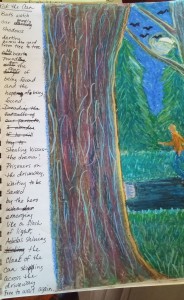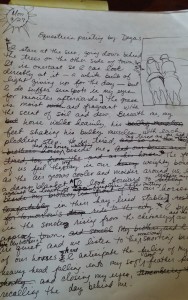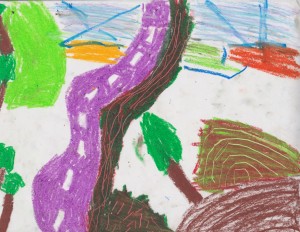
The other day my friend and colleague, Cyra Levenson, said, “Until the teacher has a voice again, no student will either.” I realized that while I coach how to teach writing to children, I have been neglecting to focus enough on the fundamental need for teachers to have a writing voice.
There are always great things happening in education, but for a long time now there have also been constraining mandates taking up more and more of our time. I felt suffocated towards the end of my time in the classroom, and today as a teaching coach I hear too often from teachers that they don’t feel like professionals when so much is decided for them. This needs to change. Obviously, you did not go into this job for the salary–so you deserve to feel happy in your job, as you educate the next generation.
Teachers: this is where I get bossy. If you don’t have a journal, get one. You need to exist on paper. Draw and write in it every day…not just about your students, but about yourself. Who were you as a child? How would you teach your younger self? What made you want to teach? What are your school memories? What do you love to do today? Write about anything. Join a writing workshop for teachers like the Summer Institute at the Yale Center for British Art (http://britishart.yale.edu/education/schools-and-teachers), or travel – there are teacher/writer workshops out there (like this one in Santa Fe: http://eefstc.sfprep.org/the-way-i-see-it/).

Share your writing with your students so they see your process, your struggle, your courage, and your voice. And then, watch your students exist on paper too.
When we see ourselves as researchers and learners, we gain a deep understanding of the larger picture. We develop strategies to overcome the oppressive red tape and get down to what matters: learning to love learning.







